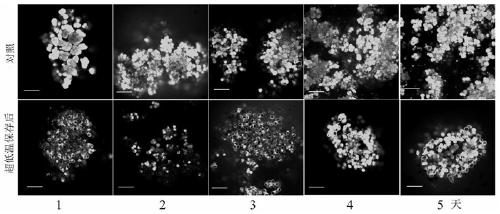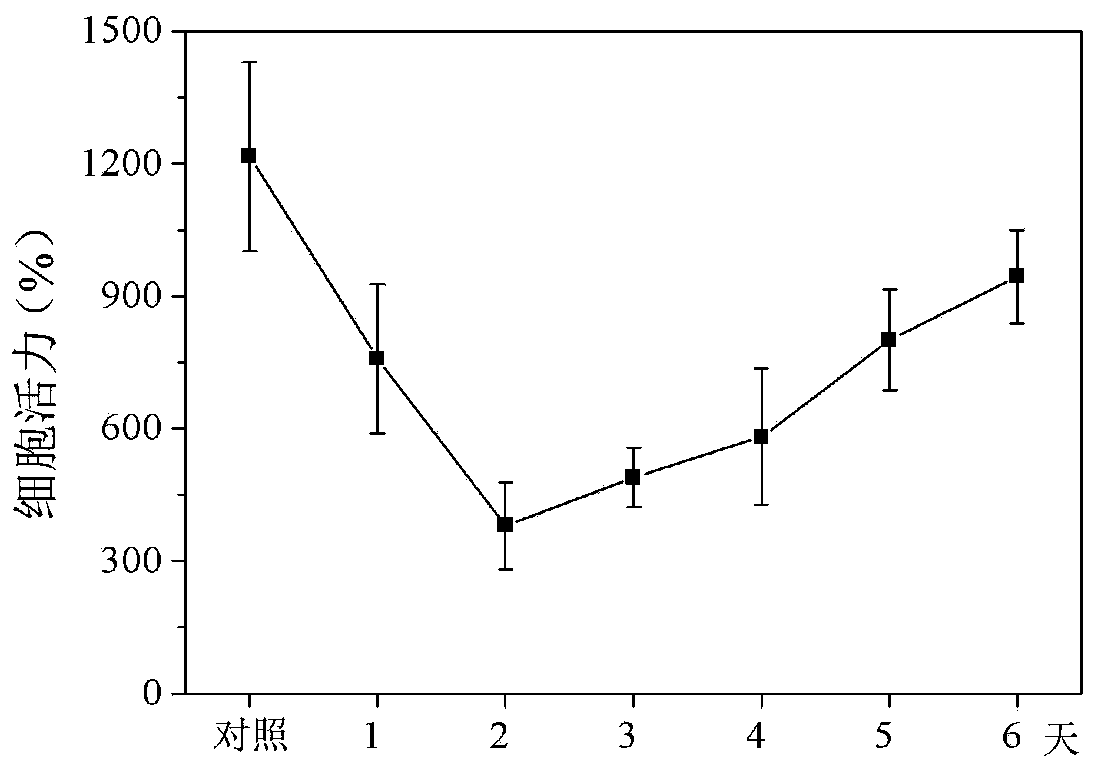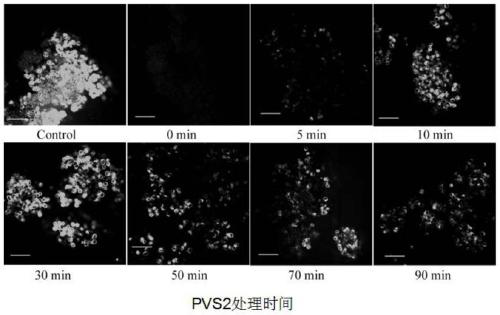Method for determining preservation regeneration rate of plant cells
A plant cell and regeneration rate technology, which is applied to the preservation of human or animal bodies, measuring devices, instruments, etc., can solve the problems of complex operation process and inability to optimize ultra-low temperature solutions, and achieve the effect of extended functions
- Summary
- Abstract
- Description
- Claims
- Application Information
AI Technical Summary
Problems solved by technology
Method used
Image
Examples
preparation example Construction
[0030] In the present invention, the method for preparing plant embryogenic callus described in step (1) preferably includes inducing and culturing the zygotic embryos of plant seeds in an induction medium for 2 weeks; the induction medium uses WPM as a basic medium , also includes the following components: 2,4D 1mg / L, polyvinylpyrrolidone (PVP) 1g / L, casein (ch) 1g / L, activated carbon (AC) 1g / L, sucrose ( SUC) and agar with a mass volume percentage of 0.3%. In the present invention, the source of the zygotic embryo of the plant seed is not particularly limited, and the callus is preferably induced from the zygotic embryo of the mature seed. The induction culture in the present invention is preferably dark culture, and the temperature of the dark culture is preferably 25°C. The preparation method of the induction medium is not particularly limited in the present invention. After mixing the components, sterilize at 121° C. and adjust the pH to 5.8.
[0031] When performing th...
Embodiment 1
[0041] 1. The cryopreservation process of Magnolia officinalis embryogenic cell line:
[0042] Magnolia officinalis embryogenic callus induced by mature seed zygotic embryo; in ultra-clean bench, in sterilized 1.5ml centrifuge tube, add 1ml WPM (containing 3% sucrose, pH 5.8) liquid culture At this time, the scale is level with the lowest point of the 1ml meniscus. Use tweezers to pick the magnolia magnolia embryogenic callus in good growth state, transfer it to a 1.5ml centrifuge tube until the lowest point of the meniscus is equal to the scale of 1.25ml, and measure the magnolia embryogenic callus with a volume of 0.25ml Tissue: After loading treatment, vitrification treatment, cryopreservation, thawing in 40°C water bath, unloading treatment, washing and recovery culture.
[0043] 2. The most accurate time point for the determination of the survival rate of magnolia bark embryogenic callus after cryopreservation was determined by using the laser confocal scanning microscop...
Embodiment 2
[0046] The optimal vitrification solution (PVS2) treatment time was determined by detecting the ratio of dead cells and living cells of Magnolia officinalis embryogenic cells by laser confocal scanning microscope.
[0047] FDA can be combined with living cells and is excited to emit green fluorescence at 488nm, and the stronger the fluorescence, the stronger the cell viability. Propidium iodide (PI) can bind to dead cells and is excited at 545nm to emit red fluorescence. Using the characteristics of these two fluorescent dyes, FDA (10 μg / mL) was used to label live cells, and PI (10 μg / mL) was used to label dead cells.
[0048] Measure 2 batches of Magnolia officinalis embryogenic callus that volume is 0.25ml simultaneously, carry out following operation simultaneously: through loading treatment, vitrification treatment time 0 minutes, 5 minutes, 10 minutes, 30 minutes, 50 minutes, 70 minutes, 90 minutes Minute time gradient, cryopreservation, thawing in 40°C water bath, unloa...
PUM
 Login to View More
Login to View More Abstract
Description
Claims
Application Information
 Login to View More
Login to View More - R&D
- Intellectual Property
- Life Sciences
- Materials
- Tech Scout
- Unparalleled Data Quality
- Higher Quality Content
- 60% Fewer Hallucinations
Browse by: Latest US Patents, China's latest patents, Technical Efficacy Thesaurus, Application Domain, Technology Topic, Popular Technical Reports.
© 2025 PatSnap. All rights reserved.Legal|Privacy policy|Modern Slavery Act Transparency Statement|Sitemap|About US| Contact US: help@patsnap.com



